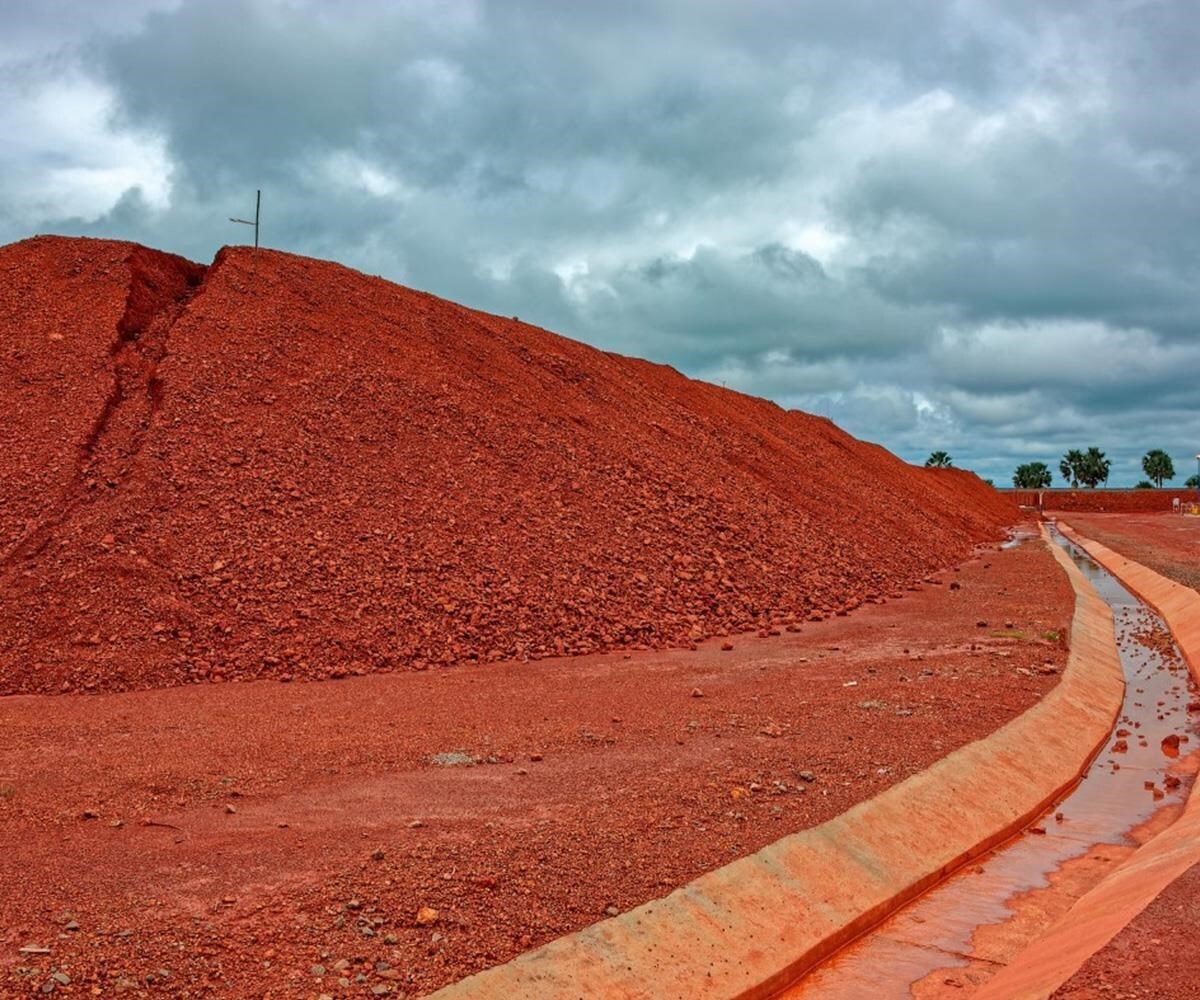

In a decisive move that marks the end of a multi-year experiment with longer-term planning, the Indonesian government has ushered in a sweeping reform of the Rencana Kerja dan Anggaran Biaya (RKAB), the mandatory work plan and budget for all mining companies. Effective October 3, 2025, the regulation mandates a return to a strict one-year approval cycle, reversing a previous policy that allowed for three-year plans. This article examines this strategic U-turn and its profound implications for the nation's mining sector.

Background: A Pendulum Swing in Policy
The revised RKAB framework signifies a fundamental policy shift. The journey of the RKAB cycle has been a pendulum swing:
This return to an annual cycle is coupled with a full digital transition via the MODI platform and a fixed annual submission window from October 1 to November 15.
Analysis: Why Revert? Implications of the Policy Reversal
This policy reversal is a clear strategic choice, prioritising state control and flexibility over long-term investor predictability.
The Government's Rationale: Why Revert to One Year?
The shift back to a one-year cycle is a tool for achieving several key objectives:
Sectoral Impact: Disruption and a New Compliance Reality
For the mining industry, this reversal is disruptive:
Potential "Boomerang" Effects: The Risks of Policy Volatility
The decision carries inherent risks that could counteract its goals:
Current Market Position (2024-2025): RKAB as Industry Manager
The reinstated annual RKAB system confronts a severe market imbalance characterised by domestic oversupply despite export restrictions. With bauxite prices at USD 28-30, representing a 25-30per cent discount to the USD 40 HPM, the RKAB serves as the primary intervention tool. Prices are expected to remain under pressure in the USD 25-32 range through 2025, constrained by structural oversupply and limited domestic refining capacity. The system's production quotas aim to balance the market where available bauxite supply significantly exceeds domestic refining capacity. Critically, if RKAB production quotas remain aligned with actual refinery input capacity, this could help stabilise prices by preventing additional oversupply. While DMO enforcement secures essential domestic refinery supply, the price disconnect persists due to structural oversupply. The MODI platform provides crucial monitoring capabilities during this adjustment period, though tight submission deadlines compound operational pressures across the sector.
Near-Term Transition Phase (2026-2028): RKAB as Market Rebalancer
This phase represents the RKAB system's crucial test in orchestrating market realignment. Through progressive production quota adjustments, the system will attempt to synchronise bauxite output with the planned commissioning of 7-8 alumina refineries requiring over 20 million tons of annual input. Price recovery is forecast to begin in 2026, potentially reaching USD 32-36 by 2027 as refining capacity comes online, though still below HPM levels. The maintenance of RKAB quotas that do not exceed total refinery input capacity will be essential for sustainable price recovery. The RKAB's enforcement mechanisms will be critical in managing DMO compliance while accommodating market-based pricing for non-obligated volumes. The system's compliance requirements are expected to accelerate industry consolidation, disproportionately affecting smaller miners and potentially reducing market participants by 30-40per cent. The RKAB's success hinges on maintaining this delicate balance between enforcing regulatory objectives and preserving miner viability.
Mature Growth Phase (2029+): RKAB as Strategic Planner
With the full realisation of domestic refining capacity exceeding 3.5 million tons of alumina input annually, the RKAB system will evolve into a sophisticated market stabilisation tool. The annual approval cycle will transition from addressing immediate crises to implementing long-term strategic planning. Prices are projected to converge toward HPM levels of USD 38-42 by 2030, with potential premiums of 10-15per cent for higher-quality specifications, provided RKAB quotas maintain alignment with refinery consumption capacity. The system will likely develop refined quality-based pricing tiers while managing limited export volumes for specialised grades. This phase will ultimately demonstrate the RKAB's effectiveness in supporting Indonesia's complete transition to an integrated aluminium producer, with the system ensuring sustainable resource allocation across the entire value chain through careful quota management that matches production with actual processing capacity.
Conclusion: A Deliberate Choice for Control
Indonesia's return to the annual RKAB is not a regression but a deliberate recalibration. The government has consciously chosen to prioritise direct, short-term control and policy agility over the long-term operational predictability favoured by the industry.
This is a high-stakes gambit. The government is betting that its enhanced oversight will accelerate downstreaming and increase state revenue, outweighing the potential negative impacts of reduced investor confidence and industry consolidation. The success of this strategy will hinge on its implementation, whether the state can wield this powerful tool of annual control with the consistency and efficiency needed to foster, rather than hinder, the growth of a globally competitive downstream mining industry.
Note: This article has been issued by SMM and has been published by AL Circle with its original information without any modifications or edits to the core subject/data.
Responses








